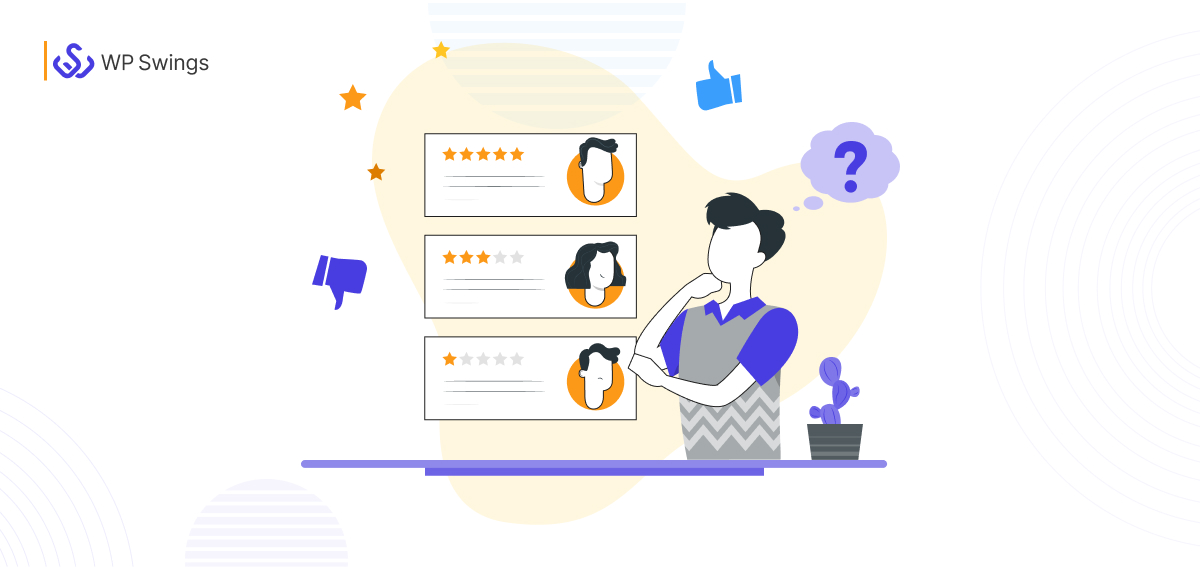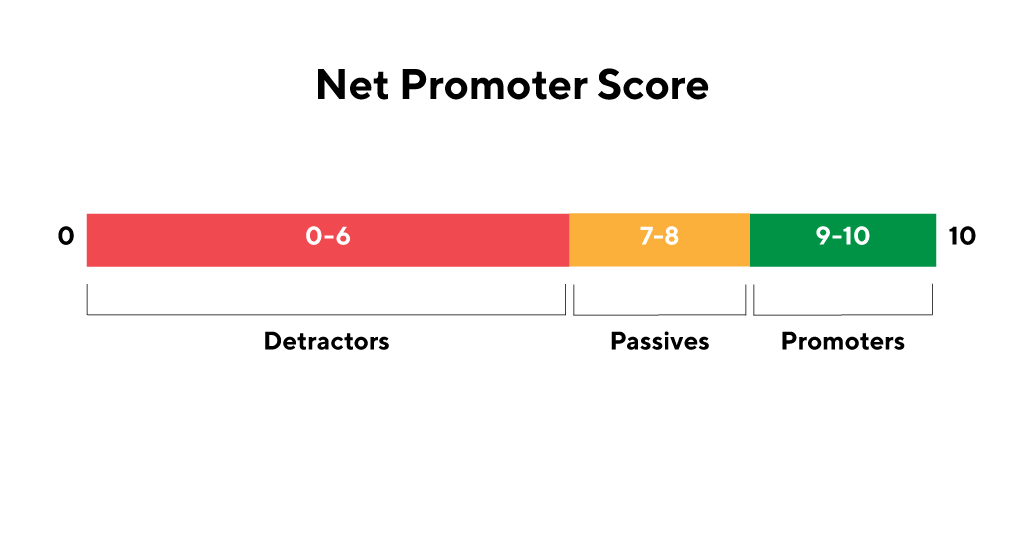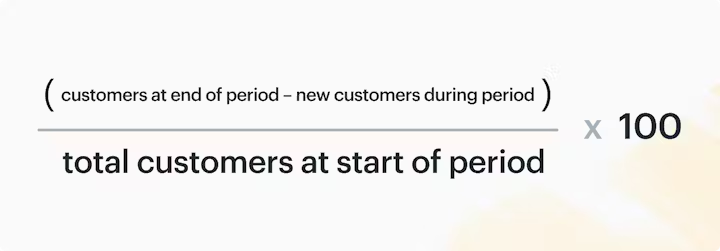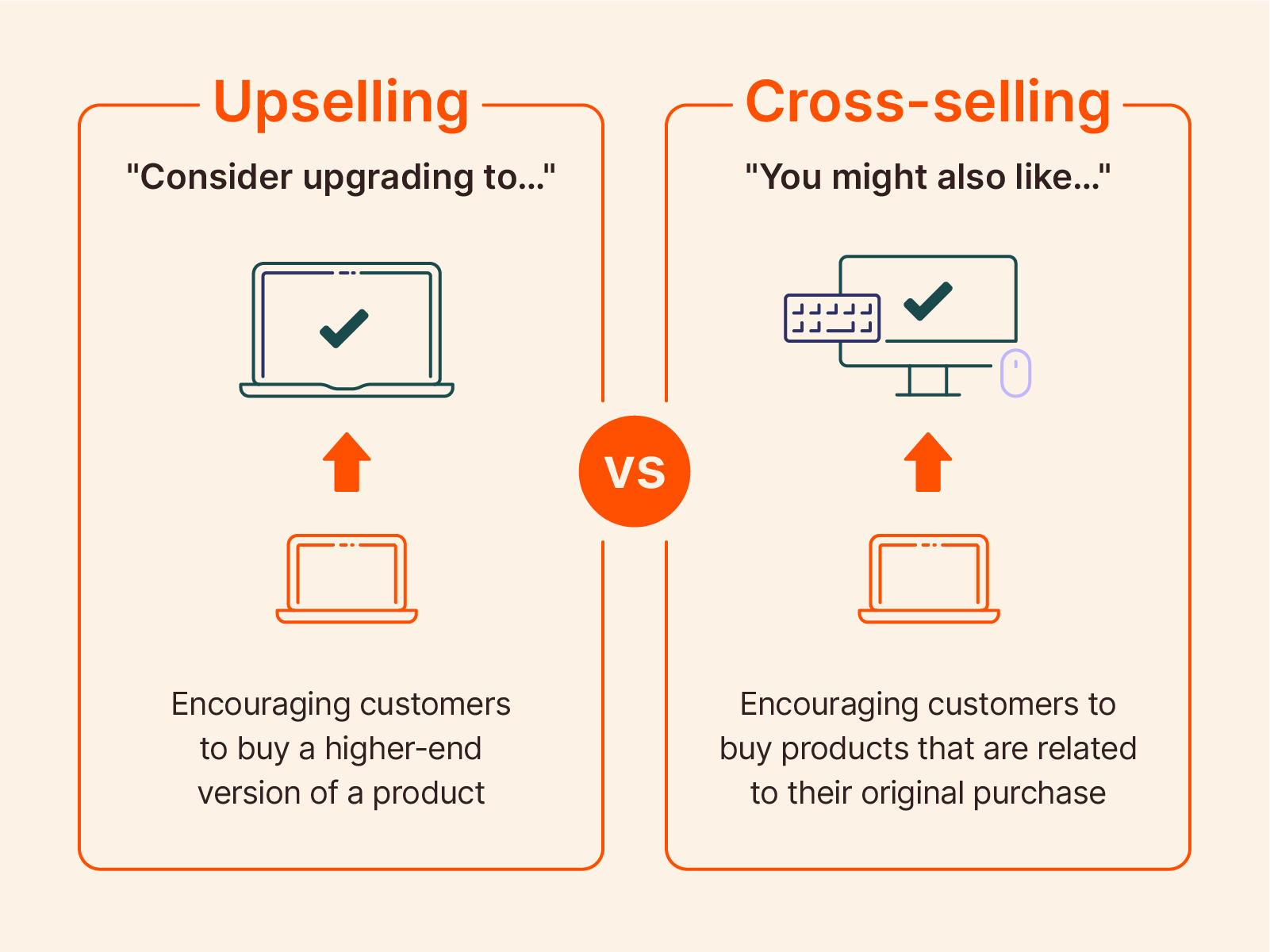
“Nearly 80% of consumers won’t buy again after a bad experience, making it crucial to analyze post purchase behaviour and optimize your workflow.”
Imagine a customer buys a product from your online store. At that moment, you might think your job is done—the sale is complete, right? But here’s the truth: your customer’s journey is just getting started. What happens after their purchase is just as important as everything you did to get them to buy in the first place.
This stage, known as post purchase behaviour, is where your customers decide if they’re happy with their purchase, if they trust your brand, and whether they’ll come back or recommend you to others. It’s not just about delivering the product—it’s about delivering an experience that makes them feel valued.
Think of it this way: a satisfied customer can become your store’s biggest advocate, while a disappointed one might never return.
In this article, we’ll dive into what post purchase behaviour is, why it matters for your eCommerce business, how you can measure it, and practical tips to improve your post-purchase workflow.
If you want to turn one-time buyers into lifelong customers, this is the guide for you.
Table Of Contents
What is Post Purchase Behaviour?
Post purchase behaviour refers to what happens after a customer buys something from your eCommerce store. It’s how customers feel, think, and act once their order is complete. This stage is all about their experience after the purchase, which includes:
- Receiving the product: Was it delivered on time? Did it match their expectations?
- Using the product: Does it solve their problem or meet their needs?
- Evaluating the experience: Are they happy with the overall purchase journey, from browsing to checkout?
Post purchase behaviour example, if a customer orders a gadget and finds it easy to use and exactly as described, they’ll likely feel satisfied and think positively about your store. But if the product arrives late or doesn’t meet their expectations, they might feel disappointed or even regret the purchase.
This stage is crucial because it shapes how customers see your brand. A good post-purchase experience can lead to repeat orders, positive reviews, and word-of-mouth referrals. A poor experience, on the other hand, can result in negative feedback and lost customers.
Importance Of Post Purchase Behaviour
Post purchase behaviour plays a vital role in the success of your eCommerce store. It’s not just about completing a transaction; it’s about building relationships that encourage loyalty, repeat business, and customer advocacy.
Here’s why this stage is so important:
- Boosts Customer Retention: A satisfied customer is far more likely to come back for another purchase. When you provide a positive post-purchase experience—whether through timely communication, smooth returns, or thoughtful follow-ups—you increase the chances of retaining customers. Retention is always more cost-effective than acquiring new ones.
- Encourages Positive Word-of-Mouth: Happy customers often share their experiences with others. This can result in valuable referrals for your store. On the flip side, a bad post-purchase experience can lead to negative reviews, which can harm your brand’s reputation.
- Increases Lifetime Value (LTV): When customers feel valued, they’re more likely to spend more over time. Focusing on post-purchase behavior helps you nurture long-term relationships, turning one-time buyers into loyal customers who contribute to your business’s growth.
- Reduces Returns and Complaints: By addressing customer concerns promptly and ensuring they understand how to use or care for their purchase, you can minimize returns and complaints. Clear communication and proactive support go a long way in managing expectations.
- Creates Upselling and Cross-Selling Opportunities: The post-purchase stage is an excellent time to introduce complementary products or upgrades. A customer who’s already satisfied with their purchase is more likely to trust your recommendations.
- Builds Brand Trust and Loyalty: A great post-purchase experience helps customers see your brand as reliable and customer-focused. This trust translates into loyalty, which is crucial in a competitive eCommerce market.
How to Measure Post Purchase Behaviour
Measuring post purchase behaviour with SurveyVista helps you understand how your customers feel about their experience and identify areas where you can improve. There are several ways to track and analyze this behavior to make informed decisions for your eCommerce store.
Here are some methods you can use:
1. Customer Feedback and Surveys
Direct feedback is one of the most valuable ways to measure post purchase behaviour. You can send surveys or request reviews after a customer has received their product.
Ask questions like:
- How satisfied were you with the product?
- Was the delivery timely?
- How was your overall shopping experience?
Consider including a simple rating scale 1–5 in your surveys to quickly measure overall satisfaction and identify which areas of the experience may need improvement.
Surveys and reviews provide you with insight into customer satisfaction and any areas that need attention. You can use tools like Google Forms, Typeform, or even WooCommerce plugins to easily gather feedback.
2. Net Promoter Score (NPS)
NPS is a simple metric used to measure customer loyalty and satisfaction. After the purchase, you can ask customers, “On a scale from 0 to 10, how likely are you to recommend our store to a friend or colleague?”

[Source: Product Plan]
- Promoters (9-10): Loyal customers likely to recommend your store.
- Passives (7-8): Satisfied but not fully engaged customers.
- Detractors (0-6): Unhappy customers who may share negative feedback.
Tracking your NPS over time helps you understand how well your customers feel about your brand after their purchase.
3. Customer Retention Rate
A key indicator of post-purchase success is how many customers return to make additional purchases. By tracking your customer retention rate, you can gauge how many buyers come back after their first purchase.

[Source: Helpscout]
4. Return and Refund Rates
If customers are returning or asking for refunds frequently, it’s a sign that their post-purchase experience isn’t meeting expectations. Monitoring your return rates and reasons for returns can help you pinpoint issues such as product quality, delivery delays, or poor customer service.
Make Your Refund Process Faster, Smarter And Better!
5. Customer Support Interactions
Keep track of how often customers contact your support team after making a purchase and the nature of those inquiries. High volumes of post-purchase questions about product use or shipping can indicate a gap in your communication or product expectations. This is where mentoring platforms can come in handy, providing your team with expert guidance to develop better communication skills and improve customer interactions
6. Upsell and Cross-sell Success
Measuring how often customers take advantage of upsells or cross-sells after making a purchase is another indicator of post purchase behaviour.
7. Customer Lifetime Value (CLV)
CLV measures how much revenue a customer is likely to generate throughout their relationship with your store. By tracking CLV, you can see if your post-purchase efforts are leading to repeat business, loyalty, and higher spending over time.
Best Tips to Improve Your Post-Purchase Workflow
Improving your post-purchase workflow is all about enhancing your customers’ experience and encouraging repeat business. Here are some effective strategies and tools you can use to make your post-purchase process smoother and more engaging:
1. Offer One-Click Upsells
After a customer completes a purchase, it’s a great opportunity to offer them additional, complementary products with a simple upsell. The One Click Upsell Funnel for WooCommerce plugin makes this process easy by allowing customers to add extra items to their order with just one click—no need to re-enter payment details.
By presenting relevant upsells at the right time, you increase your average order value while delivering more value to your customers. This streamlined process reduces friction and boosts your revenue, all while keeping the experience seamless and convenient. At the same time, understanding payroll costs in Hungary can help businesses manage their overall expenses more effectively
Turn Every Single Sale Into Big Win!
2. Offer Time-Sensitive Discounts or Special Offers
After a customer makes a purchase, send them an exclusive time-limited offer for their next purchase. This could be a discount, free shipping, or a special bundle. By making these offers exclusive and time-sensitive, you create a sense of urgency, encouraging customers to return soon and increase their lifetime value.
3. Personalize Post-Purchase Communication
Personalization goes a long way in making customers feel valued. After a purchase, send personalized thank-you emails that include product recommendations based on their recent purchase. Use their name and tailor the content to their preferences. This can create a stronger emotional connection with your brand, making it easier to guide them toward future purchases.
4. Track Orders for Better Communication
One of the key factors in post-purchase satisfaction is timely and clear communication about order status. With the Track Orders for WooCommerce plugin, you can easily keep customers informed about their order’s journey from dispatch to delivery.
Automated tracking emails and real-time updates ensure that customers are never left wondering where their package is. This transparency builds trust and reduces anxiety, improving their overall experience and making them more likely to return in the future. To maintain a clean and reliable email list for these updates, you can also use an email checker to verify addresses before sending notifications.
Keep Your Customers Informed, Build Trust!
5. Provide Easy Access to Support
Ensure that customers can quickly get help if they need it after their purchase. Offering easy access to live chat, FAQs, or a customer support hotline can solve issues promptly and prevent frustration. By providing excellent post-purchase support, you’ll improve customer satisfaction and reduce the likelihood of returns or negative reviews.
6. Follow Up with Feedback Requests
If you’re unsure what to include or how to structure it, learning how to write a follow-up email can help you craft a message that feels personal and encourages a genuine response. This not only shows you care about their experience but also gives you valuable insights into how you can improve your products or services.
A simple request for a review or survey can go a long way in improving customer engagement and gaining trust.
7. Reward Loyalty Points
Another powerful way to improve your post-purchase workflow is by rewarding customers for their loyalty. The Points and Rewards for WooCommerce plugin lets you set up a loyalty program that gives customers points for each purchase.
These points can be redeemed for discounts or special offers on future purchases, which not only encourages repeat business but also increases customer satisfaction. Offering incentives like points makes your customers feel appreciated, and they’ll be more likely to return and share their positive experience with others. Staying informed about current customer loyalty trends can help you tailor your rewards program to meet evolving expectations and maximize engagement.
Reward. Repeat. Retain
Common FAQs Regarding Post Purchase Behaviour
Here are some common questions people ask about post purchase behaviour
1. What is an example of a post-purchase?
A post purchase behaviour example is when a customer receives an email after purchasing a product, thanking them for their order and offering a discount on their next purchase. Additionally, they may be asked to leave a review or participate in a loyalty program to earn points for future discounts. These actions encourage repeat purchases and enhance customer satisfaction.
2. What is pre-purchase behavior?
Pre-purchase behavior refers to the actions and decisions a customer makes before buying a product. This includes researching products, comparing prices, reading reviews, and deciding on a brand. It’s all about the steps a customer takes to evaluate their options and determine which product or service best meets their needs before making the final purchase.
3. How does post purchase behaviour sell for an organization?
Post purchase behaviour helps an organization by increasing customer retention, encouraging repeat purchases, and driving brand loyalty. Positive post-purchase experiences, such as offering upsells, sending thank-you emails, and rewarding customers with loyalty points, make customers more likely to return. When customers are satisfied after their purchase, they are also more likely to recommend the brand to others, leading to free word-of-mouth marketing and new customers.
4. What are types of purchase behavior?
There are several types of purchase behavior, including:
- Complex Buying Behavior: Customers carefully evaluate options for high-involvement purchases like electronics or cars.
- Dissonance-Reducing Buying Behavior: Customers aim to reduce post-purchase anxiety after expensive or high-risk purchases, like home appliances.
- Habitual Buying Behavior: Customers buy regularly without much thought, like groceries.
- Variety-Seeking Buying Behavior: Customers switch brands for variety, not dissatisfaction, often with low-cost products like snacks.
Conclusion
Post purchase behaviour is a powerful aspect of your eCommerce business that often gets overlooked. It’s not just about closing the sale—it’s about what happens next that determines whether your customers will return, recommend your store, or move on to your competitors.
By understanding post-purchase behavior, measuring it effectively, and implementing strategies like upselling order tracking, and loyalty programs, you can create a simple yet rewarding experience for your customers.
Remember, happy customers are your most valuable asset. They don’t just bring revenue; they bring trust, advocacy, and lasting relationships.
Focus on making their journey with your store as smooth and engaging after the purchase as it was before, and you’ll see the benefits in increased customer retention, higher lifetime value, and stronger brand loyalty.
Start working on your post-purchase workflow today, and watch your business grow as your customers keep coming back for more!










It’s a shame you don’t have a donate button! I’d most certainly donate to this fantastic blog! I guess for now i’ll settle for book-marking and adding your RSS feed to my Google account. I look forward to fresh updates and will share this website with my Facebook group. Talk soon!